Hi, I am Chanakya Ekbote
I am a
Mac|
I am on the lookout for Ph.D. positions.
I am currently a Masters Student and Research Scholar at École Polytechnique Fédérale de Lausanne (EPFL), working at the intersection of graph machine learning and generative models, with Prof. Maria Brbic. Before this, I had the privilege of spending two exciting years as a Predoctoral Research Fellow at Microsoft Research India (MSR), where I was under the guidance of Arun Iyer and Sundarajan Sellamanickam. During my time at MSR, my research was centered around the integration of machine learning and graph-related problems, including supervised and unsupervised representation learning on graphs, spectral graph theory, and multi-behavior recommendation systems. I also had the opportunity to intern at Mila - Quebec AI Institute, where I contributed to the development of GFlowNets for the discovery of new drugs and vaccines. My work has been presented at conferences such as NeurIPS, ICLR, ICML, KDD, ECML PKDD and others.
In the past, I have worked on various topics at different institutions,
including Freie Universität Berlin, Indian Institute of Science (IISc), S20.AI, and as a Google Summer of Code Student Developer.
I completed my undergraduate studies at the Indian Institute of Technology
(IIT) Bhubaneswar in 2021.
When not staring at code, you can find me either on a basketball court,
going for a run, playing the piano,
or enjoying hikes. Feel free to reach out if you'd like to discuss any of the above.
I'm open to all kinds of potential collaborations and conversations,
be it discussions on representation learning theory to why I believe Jordan is the GOAT :).
Experience
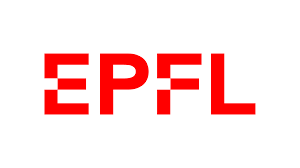 Research ScholarÉcole Polytechnique Fédérale de Lausanne (EPFL)Sept 2023 - PresentPresently working on scalable equivariant generative models for graph data, emphasizing their utility in biological applications, while also contributing to a versatile graph framework compatible with various architectures and data augmentation techniques, including LLMs, for diverse graph tasks.
Research ScholarÉcole Polytechnique Fédérale de Lausanne (EPFL)Sept 2023 - PresentPresently working on scalable equivariant generative models for graph data, emphasizing their utility in biological applications, while also contributing to a versatile graph framework compatible with various architectures and data augmentation techniques, including LLMs, for diverse graph tasks.- Predoctoral Researcher (Research Fellow)Microsoft Research Lab IndiaJuly 2021 - July 2023Worked on problems related to: Node Classification, Representation Learning in Graphs, Multi-Behavior Recommendation, Spectral Methods and Graph Topology. Published papers at ICLR GTRL 2022 (Spotlight), ECML PKDD 2022, KDD MLG 2023 and at NeurIPS 2023.
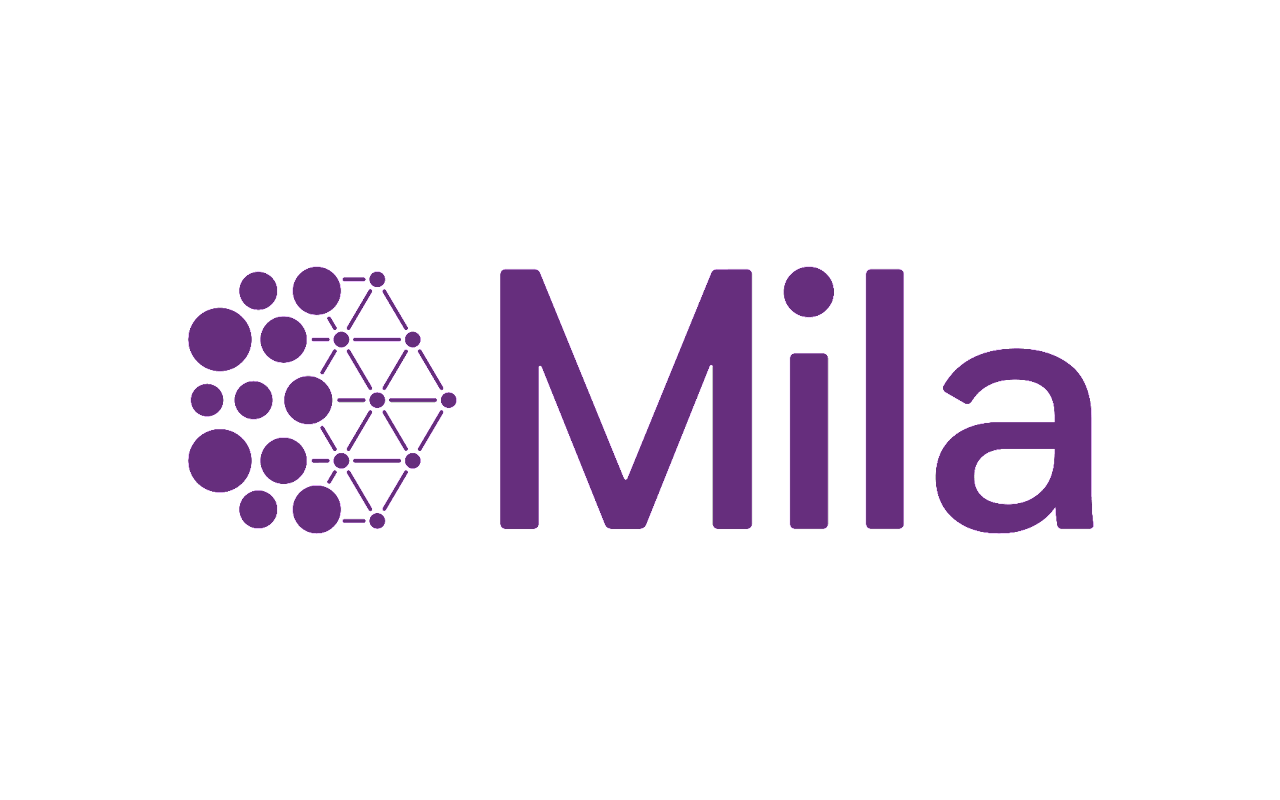 Research InternMila - Quebec AI InstituteJan 2022 - June 2022Extended Energy-based GFlow Nets to discover novel drugs and vaccines. Published papers at ICLR 2022, and at NeurIPS HiLL 2022.
Research InternMila - Quebec AI InstituteJan 2022 - June 2022Extended Energy-based GFlow Nets to discover novel drugs and vaccines. Published papers at ICLR 2022, and at NeurIPS HiLL 2022.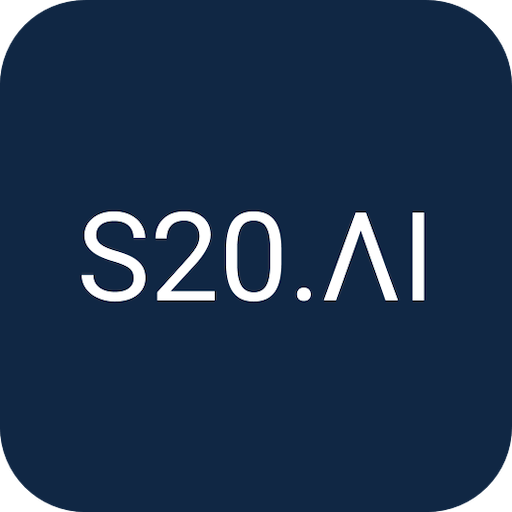 InternS20.AIJan 2021 - July 2021Led the data-science team in building two new computer vision based products that increased the average revenue by about 45%. Worked on developing a SAAS platform (Plasma) for MLOps.
InternS20.AIJan 2021 - July 2021Led the data-science team in building two new computer vision based products that increased the average revenue by about 45%. Worked on developing a SAAS platform (Plasma) for MLOps.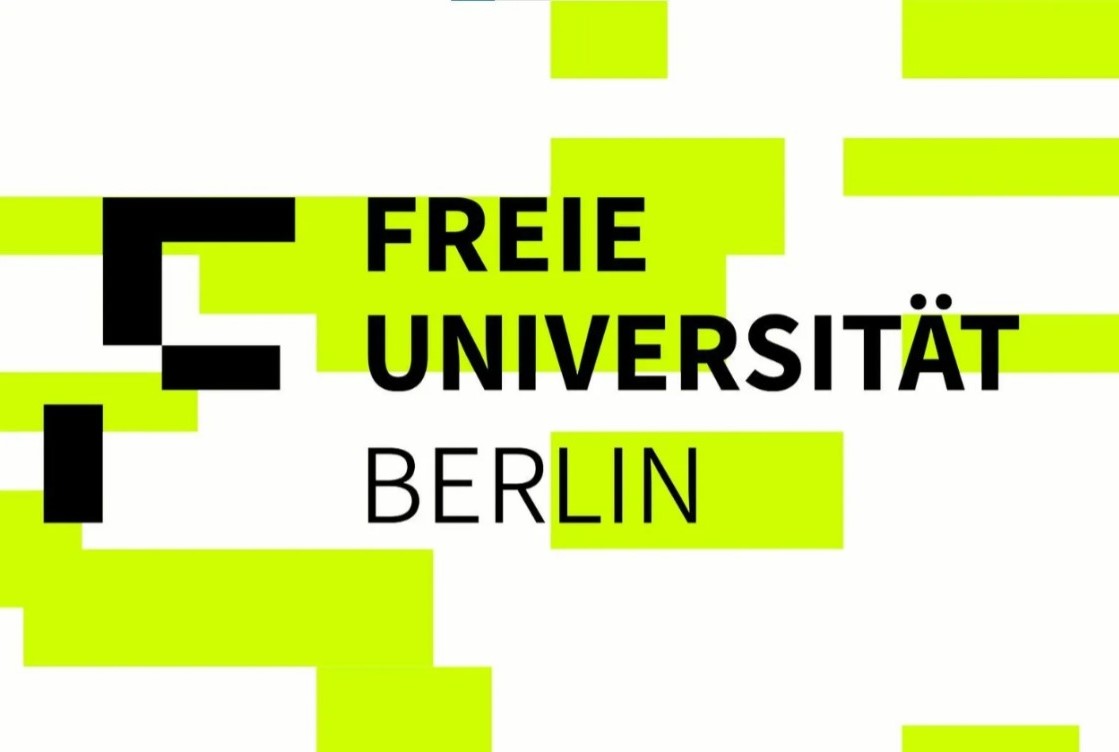 Research InternFreie UniversitätJune 2021 - Oct 2021Created an LSTM based Ladder Network for imitating biological behaviors (used guppy fish as test subjects). Worked on developing an entropy based Explainable AI method.
Research InternFreie UniversitätJune 2021 - Oct 2021Created an LSTM based Ladder Network for imitating biological behaviors (used guppy fish as test subjects). Worked on developing an entropy based Explainable AI method.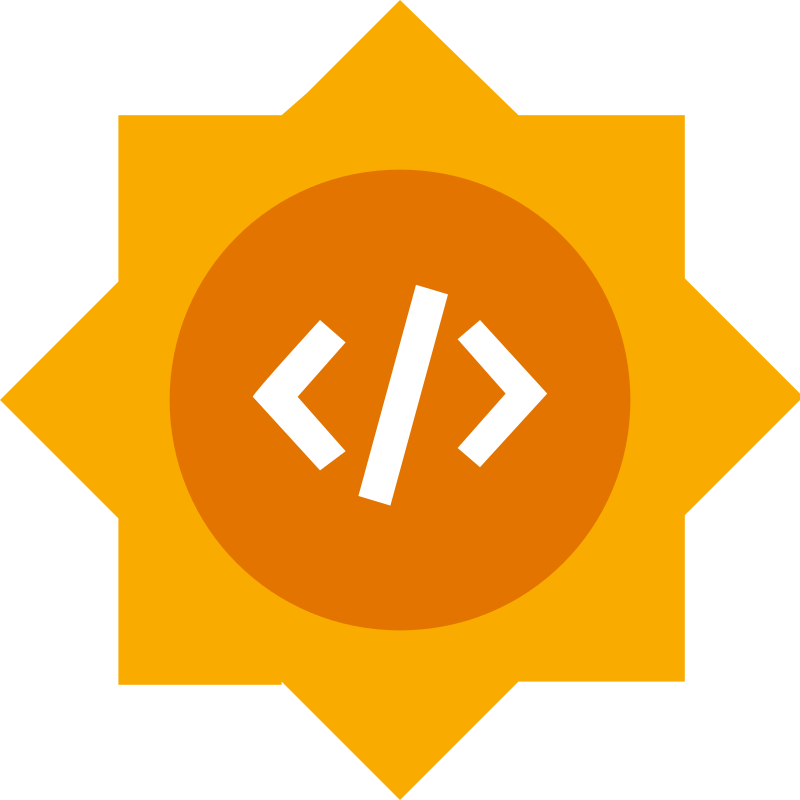 Student DeveloperGoogle Summer of CodeJune 2021 - Oct 2021Developed a machine learning based application that reduced the amount of malicious sites that could potentially be accessed, for the Cloud Native Computing Foundation (CNCF)
Student DeveloperGoogle Summer of CodeJune 2021 - Oct 2021Developed a machine learning based application that reduced the amount of malicious sites that could potentially be accessed, for the Cloud Native Computing Foundation (CNCF)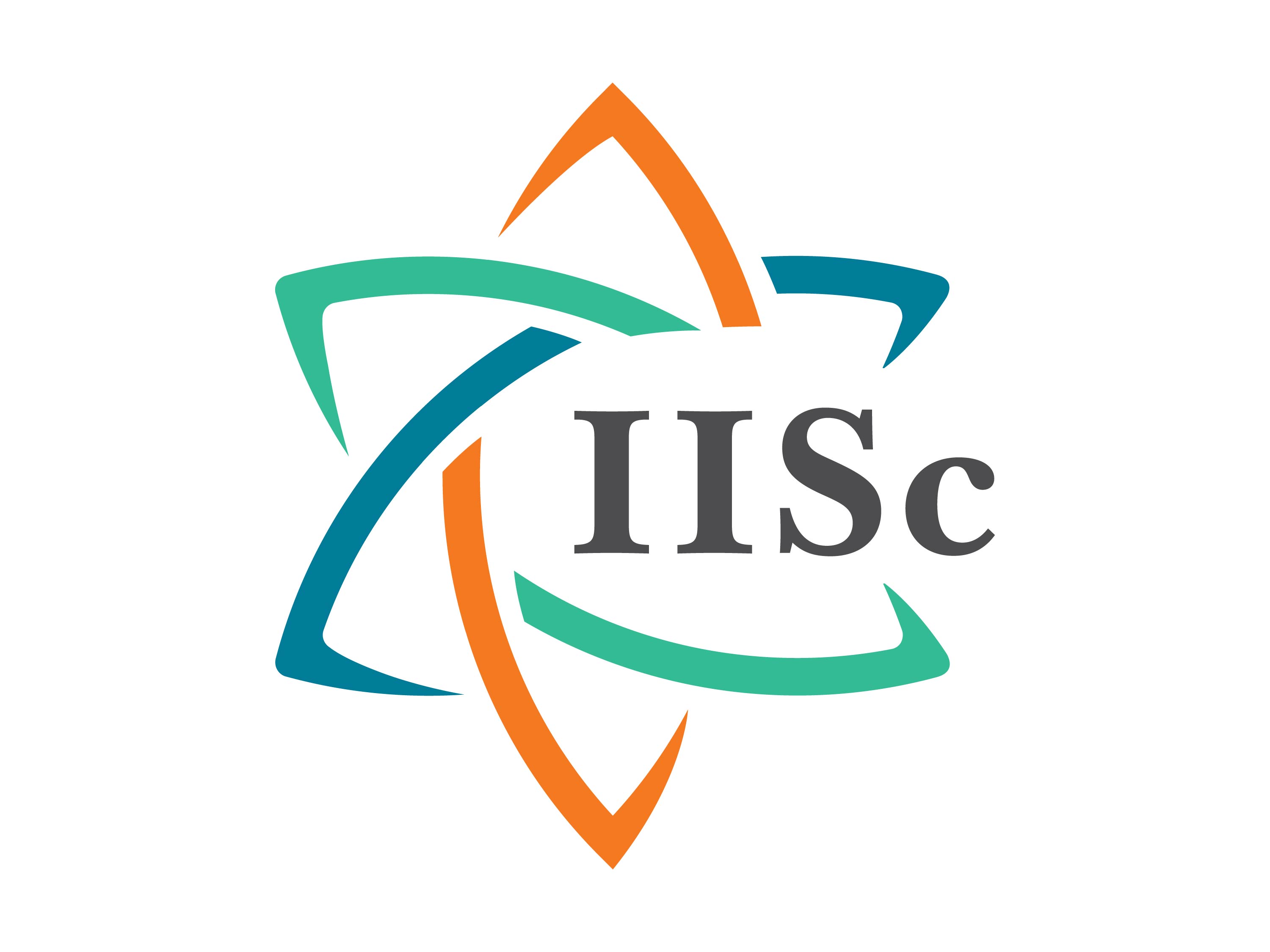 Research InternIndian Institute of Science (IISc)June 2019 - Aug 2019Investigated the problem of developing auction mechanisms for supply and demand-side management in multi-microgrid (smartgrid) networks as a multi-agent Markov Decision Process (MDP).
Research InternIndian Institute of Science (IISc)June 2019 - Aug 2019Investigated the problem of developing auction mechanisms for supply and demand-side management in multi-microgrid (smartgrid) networks as a multi-agent Markov Decision Process (MDP).
Publications
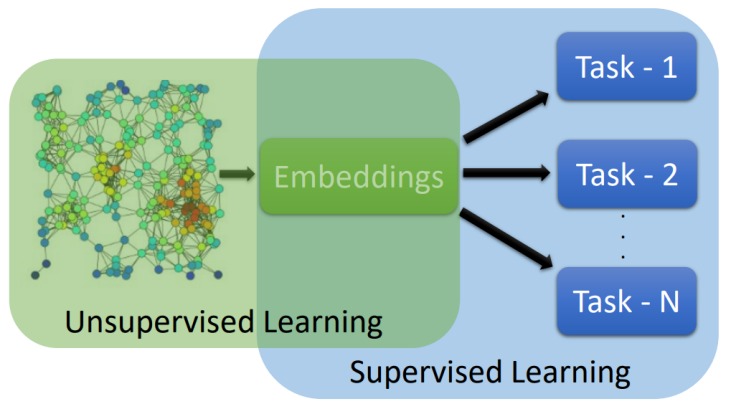
NeurIPS 2023KDD MLG 2023Graph Neural NetworksUnsupervised Representation LearningGraph Filters
FiGURe: Simple and Efficient Unsupervised Node Representations with Filter Augmentations
Unsupervised node representations learnt using contrastive learning-based methods have shown good performance on downstream tasks. However, these methods rely on augmentations that mimic low-pass filters, limiting their performance on tasks requiring different eigen-spectrum parts. This paper presents a simple filter-based augmentation method to capture different parts of the eigen-spectrum. We show significant improvements using these augmentations. Further, we show that sharing the same weights across these different filter augmentations is possible, reducing the computational load. In addition, previous works have shown that good performance on downstream tasks requires high dimensional representations. Working with high dimensions increases the computations, especially when multiple augmentations are involved. We mitigate this problem and recover good performance through lower dimensional embeddings using simple random Fourier feature projections. Our method, FiGURe, achieves an average gain of up to 4.4%, compared to the state-of-the-art unsupervised models, across all datasets in consideration, both homophilic and heterophilic.
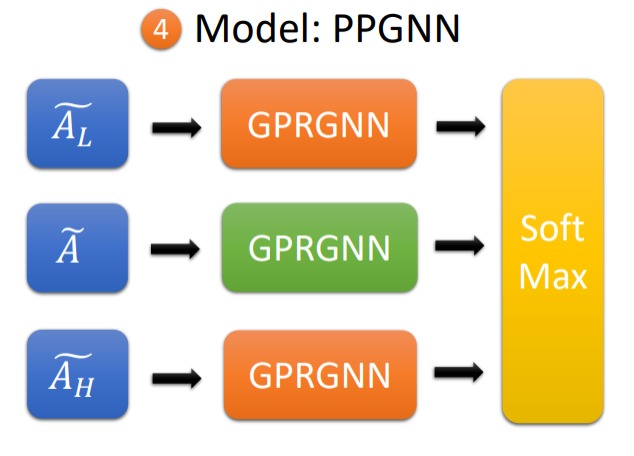
ICLR GTRL (Spotlight) 2022ECML PKDD 2022Graph Neural NetworksGraph Representation LearningSpectral Graph Theory
A Piece-Wise Polynomial Filtering Approach for Graph Neural Networks
Graph Neural Networks (GNNs) exploit signals from node features and the input graph topology to improve node classification task performance. Recently proposed GNNs work across a variety of homophilic and heterophilic graphs. Among these, models relying on polynomial graph filters have shown promise. We observe that polynomial filter models need to learn a reasonably high degree polynomials without facing any over-smoothing effects. We find that existing methods, due to their designs, either have limited efficacy or can be enhanced further. We present a spectral method to learn a bank of filters using a piece-wise polynomial approach, where each filter acts on a different subsets of the eigen spectrum. The approach requires eigendecomposition only for a few eigenvalues at extremes (i.e., low and high ends of the spectrum) and offers flexibility to learn sharper and complex shaped frequency responses with low-degree polynomials. We theoretically and empirically show that our proposed model learns a better filter, thereby improving classification accuracy. Our model achieves performance gains of up to ∼
6% over the state-of-the-art (SOTA) models while being only ∼
2x slower than the recent spectral approaches on graphs of sizes up to ∼
169K nodes.
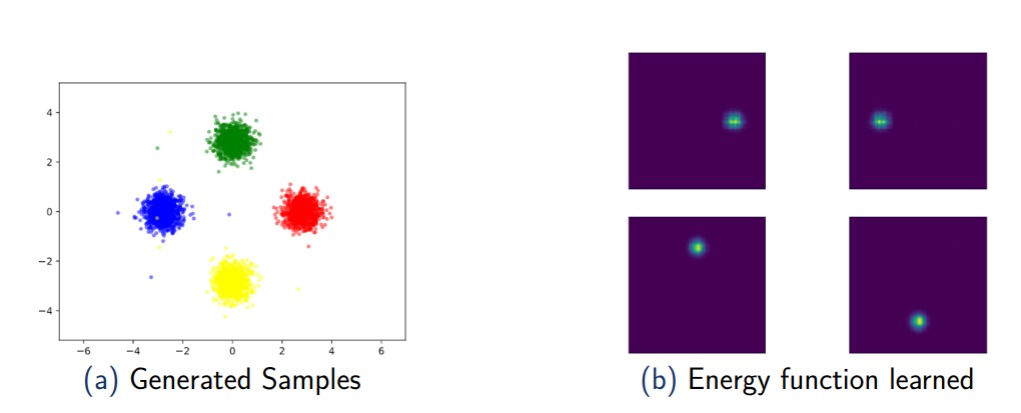
NeurIPS HiLL, 2022Generative Flow NetworksDrug DiscoveryEnergy-Based Models
Consistent Training via Energy-Based GFlowNets for Modeling Discrete Joint Distributions
Generative Flow Networks (GFlowNets) have demonstrated significant performance improvements for generating diverse discrete objects x given a reward function R(x), indicating the utility of the object and trained independently from the GFlowNet by supervised learning to predict a desirable property y given x. We hypothesize that this can lead to incompatibility between the inductive optimization biases in training R and in training the GFlowNet, potentially leading to worse samples and slow adaptation to changes in the distribution. In this work, we build upon recent work on jointly learning energy-based models with GFlowNets and extend it to learn the joint over multiple variables, which we call Joint Energy-Based GFlowNets (JEBGFNs), such as peptide sequences and their antimicrobial activity. Joint learning of the energy-based model, used as a reward for the GFlowNet, can resolve the issues of incompatibility since both the reward function R and the GFlowNet sampler are trained jointly. We find that this joint training or joint energy-based formulation leads to significant improvements in generating anti-microbial peptides. As the training sequences arose out of evolutionary or artificial selection for high antibiotic activity, there is presumably some structure in the distribution of sequences that reveals information about the antibiotic activity. This results in an advantage to modeling their joint generatively vs. pure discriminative modeling. We also evaluate JEBGFN in an active learning setting for discovering anti-microbial peptides.
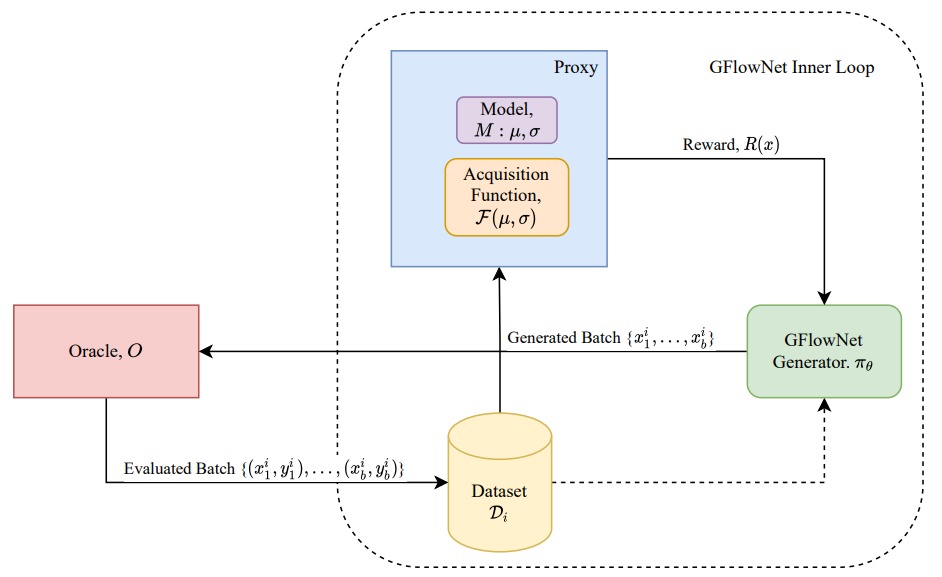
ICML, 2022Generative Flow NetworksDrug DiscoveryEnergy-Based Models
Biological Sequence Design with GFlowNets
Design of de novo biological sequences with desired properties, like protein and DNA sequences, often involves an active loop with several rounds of molecule ideation and expensive wet-lab evaluations. These experiments can consist of multiple stages, with increasing levels of precision and cost of evaluation, where candidates are filtered. This makes the diversity of proposed candidates a key consideration in the ideation phase. In this work, we propose an active learning algorithm leveraging epistemic uncertainty estimation and the recently proposed GFlowNets as a generator of diverse candidate solutions, with the objective to obtain a diverse batch of useful (as defined by some utility function, for example, the predicted anti-microbial activity of a peptide) and informative candidates after each round. We also propose a scheme to incorporate existing labeled datasets of candidates, in addition to a reward function, to speed up learning in GFlowNets. We present empirical results on several biological sequence design tasks, and we find that our method generates more diverse and novel batches with high scoring candidates compared to existing approaches.
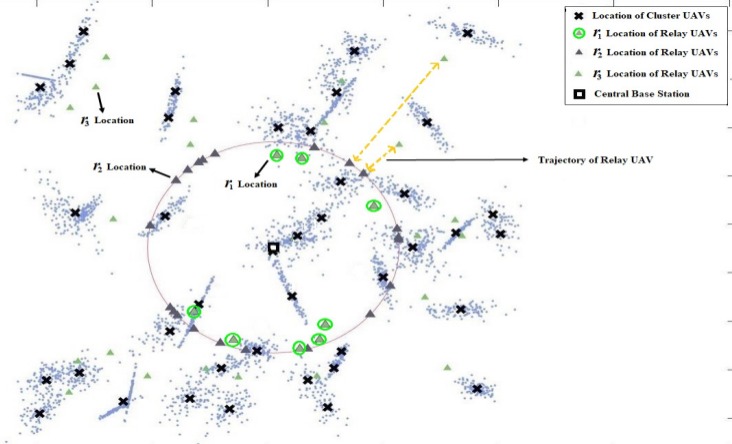
NCC 2021Convex OptimisationUnsupervised Learning
Optimal Deployment Strategy for Relay Based UAV Assisted Cooperative Communication for Emergency Applications
There has been a lot of research in the last decade on UAV assisted wireless communication networks. Due to its ability of fast deployment, it is seen as a potential solution to establish communication under emergency scenarios like natural disasters. The mobile nature of the UAVs offers a lot of flexibility, which can be harnessed to improve the QoS of a wireless communication network. In this paper UAV assisted cooperative communication to serve different user clusters distributed in a geographical location is considered. These user clusters do not have access to any conventional base station which is typically a scenario under natural disasters. Each cluster is served by two types of UAVs: cluster UAV which hovers on the top of the cluster centroid and relay UAV which relays information between a central base station (CBS) and cluster UAV. To achieve the required QoS, which is serving a maximum number of users with limited available power, two major parameters have to be optimized apart from other parameters. These are the height of the cluster UAV and trajectory of the relay UAV. To solve this problem, a three-step approach is considered in this paper. In the first step, an unsupervised learning algorithm is used to find the horizontal location parameters of cluster UAVs. Then using convex optimization to find the optimal height of the cluster UAV under power constraints and capacity requirement. Finally using a heuristic algorithm to find the optimal trajectory with minimum distance to be traveled by the relay UAVs. The wireless channel considered here is a simple line of sight (LoS) with a path loss. Computer simulations are performed to prove the validity of the proposed approach in comparison with random deployment.
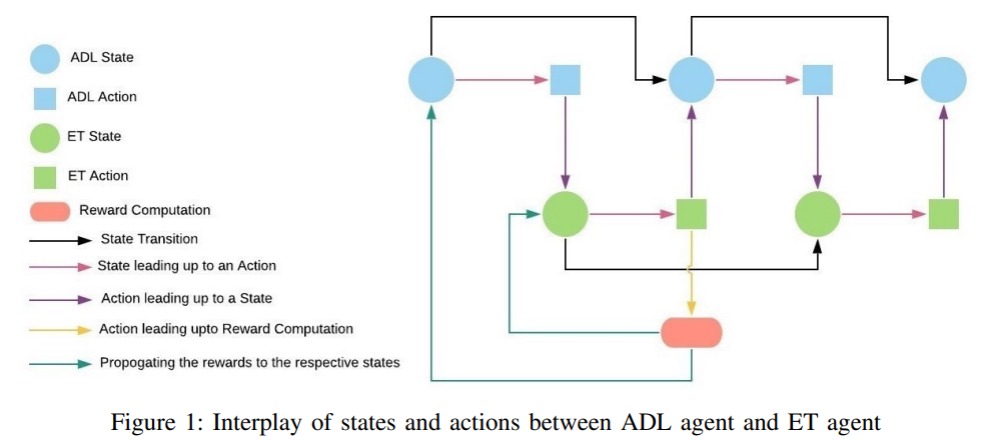
IEEE PES ISGT Europe 2020Reinforcement LearningMicrogridsAI For Good
Stochastic Game Frameworks for Efficient Energy Management in Microgrid Networks
We consider the problem of energy management in microgrid networks. A microgrid is capable of generating power from a renewable resource and is responsible for handling the demands of its dedicated customers. Owing to the variable nature of renewable generation and the demands of the customers, it becomes imperative that each microgrid optimally manages its energy. This involves intelligently scheduling the demands at the customer side, selling (when there is a surplus) and buying (when there is a deficit) the power from its neighboring microgrids depending on its current and future needs. In this work, we formulate the problems of demand and battery scheduling, energy trading and dynamic pricing (where we allow the microgrids to decide the price of the transaction depending on their current configuration of demand and renewable energy) in the framework of stochastic games. Subsequently, we propose a novel approach that makes use of independent learners Deep Q-learning algorithm to solve this problem.
